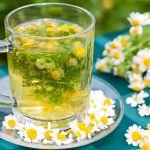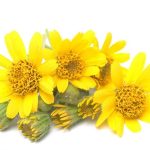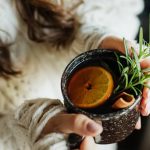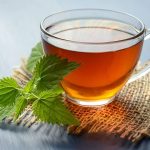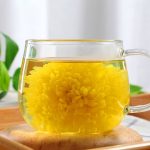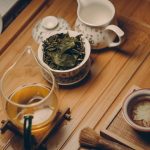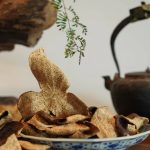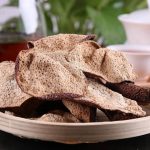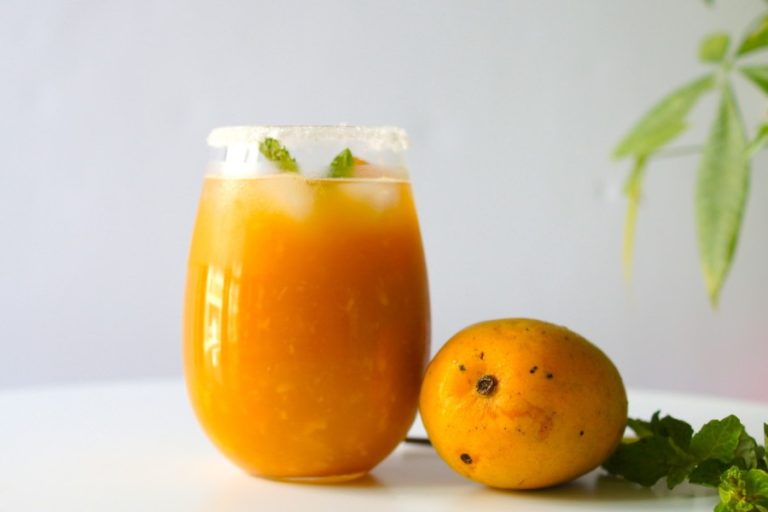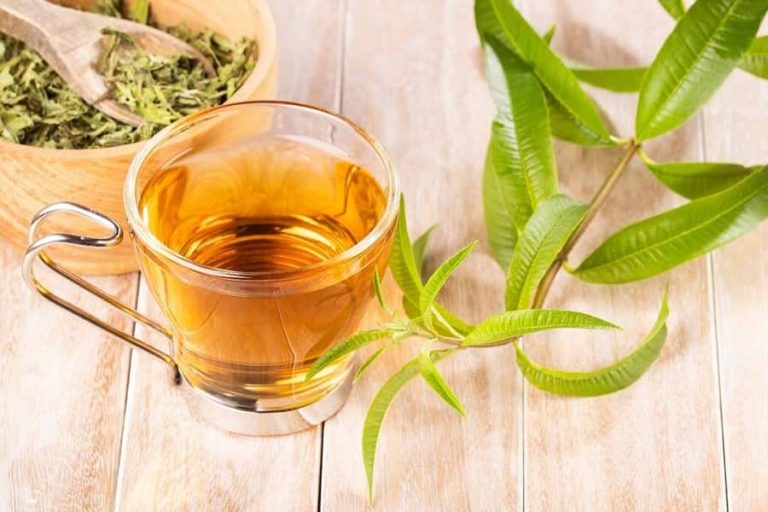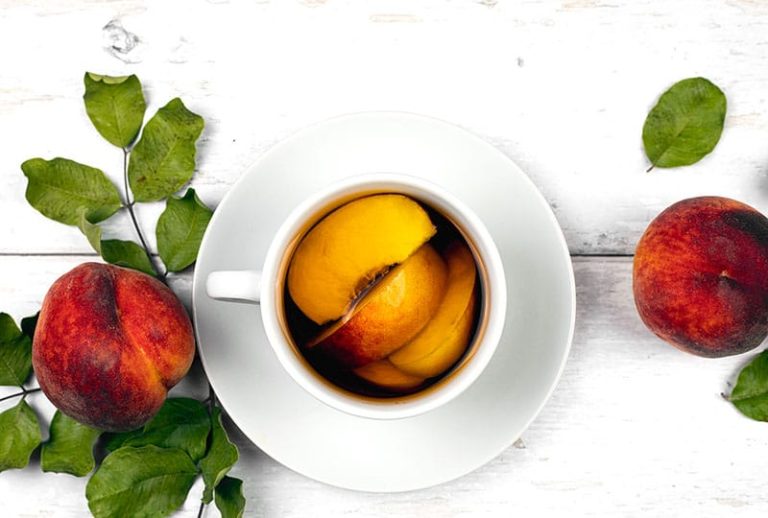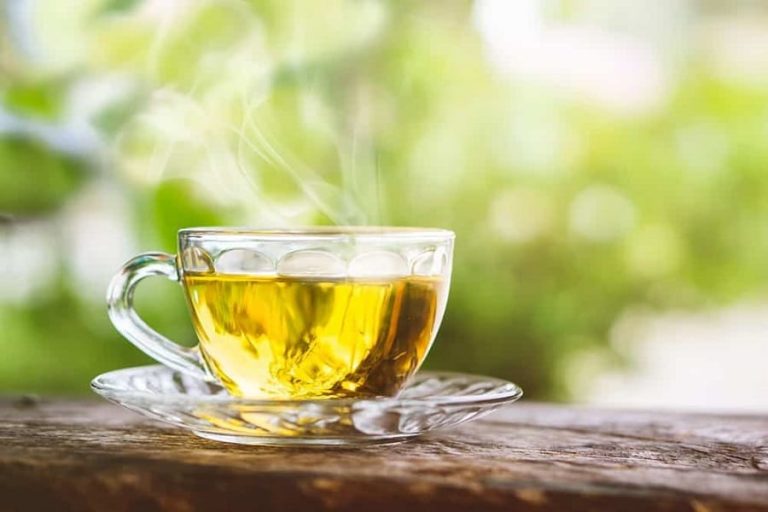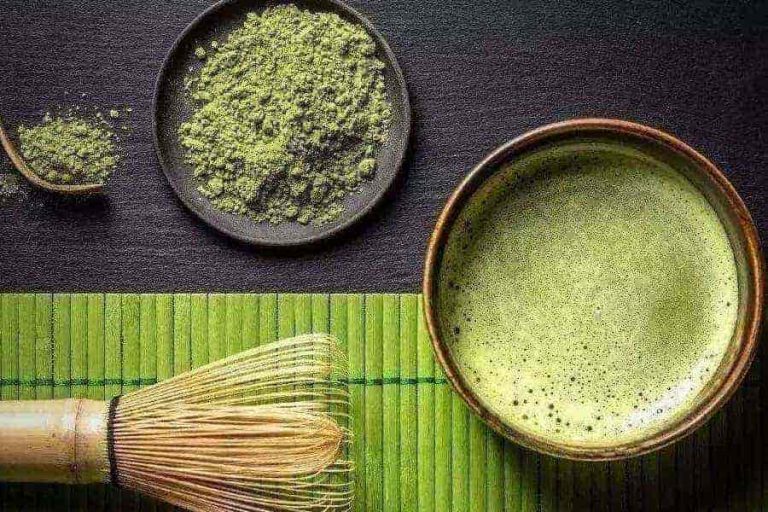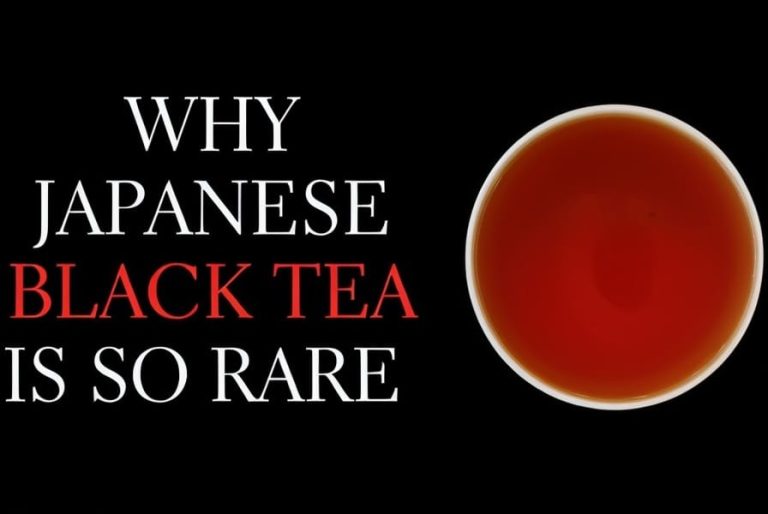How to distinguish the quality of tea
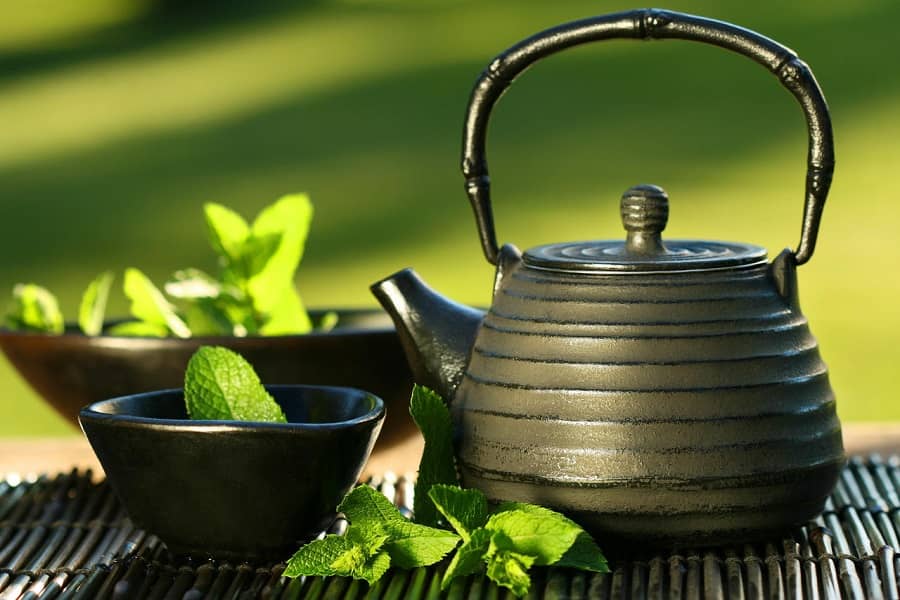
The quality of tea cannot be judged solely from one or several perspectives. It is important to consider its appearance, leaf base, and color of the tea soup, taste its taste, smell its aroma, and finally provide a relatively objective evaluation.
1、 Before brewing
- Fragmentation (evenness): pour about 100g tea into the plate, and rotate the plate with both hands rotation number times in a certain direction to separate different shapes of tea in the plate. The thick and light ones float on top, while the small ones sink to the bottom of the plate. The tea leaves in the middle are relatively uniform and consistent. The more middle tea, the better the uniformity.
- Rope: Tight and heavy, with good quality, but fine and broken with poor quality. Pearl tea requires a fine round and tight knot. Flat tea requires flatness, smoothness, and straightness.
- Tenderness: Under the same conditions, those with high content of bud tips and pekoe have high tenderness and good quality.
- Color: Black tea has a good quality of red brown or black brown oil, but a poor quality of withered brown or yellow flowers; Green tea with emerald green or silver gray luster has good quality, while those with withered yellow or dark brown have poor quality. Black tea contains more golden bud tips, while white tea contains more pekoe, both of which are premium teas.
- Cleanliness: The sample tea contains a lot of tea stems, petioles, and tea seeds, resulting in poor quality. Impurities such as sediment, leaves of plants, and bamboo leaves are even worse in quality. Genuine tea should not contain impurities, and secondary tea should not contain non tea impurities.
- Fragrance: Grab a handful of dried tea, smell its aroma, distinguish the high or low aroma of the tea, and check for any mold, rancidity, smoke, charring, sour taste, or other peculiar odors.
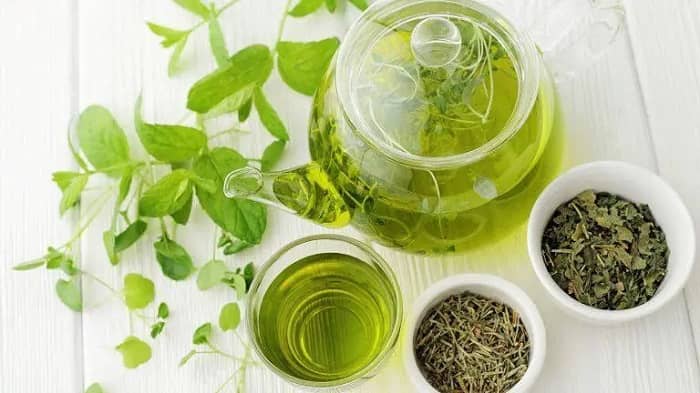
2、 After brewing
Soak the tea leaves in boiling water, pour the tea soup into another tea bowl, and pour the soaked tea leaves into a plate to identify the quality from the following four aspects.
- Aroma: A smoky aroma with no odor and slightly higher heat is normal.
- Soup color: Generally, thick and bright ones are preferred, while dark and light ones are secondary.
- Taste: Those with a strong and mellow taste are superior, while those with a strong astringency taste are secondary.
- Soaking resistance: It depends on whether the tea leaves are durable and how much can be brewed. The more it can be brewed, the more it indicates that the tea is full of vitality.
- Leaf base: The soft and distinct ones are superior, while the coarse and hard ones are secondary.

